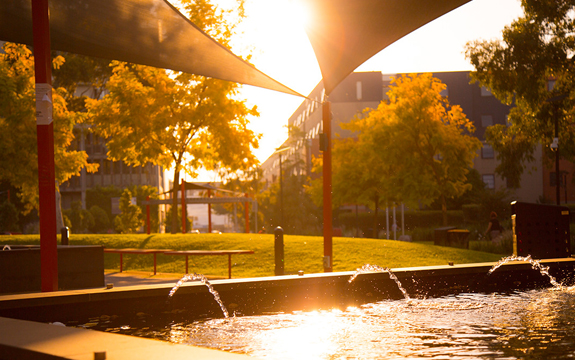How to survive the switch to daylight saving

In Summary
- Daylight saving switch will occur on Sunday 2 October
- Psychology Professor Greg Murray is an expert in circadian rhythms
- Professor Murray provides tips on making a smooth transition to the daylight saving time zone
Professor Greg Murray is a researcher in the Department of Psychological Sciences at Swinburne University of Technology. He has spent many years researching the circadian system and part of this involves looking at how people’s bodies adapt to daylights savings.
Although we have to adjust to daylight savings twice a year in Australia, many people still find it difficult to easily adapt to the time change.
With daylight savings switching over this Sunday 2 October, Professor Murray shares a few tips on what you can do to make a smooth transition to the new time.
1. Begin your transition in the days before the 1-hour change
- Progressively delay clocks by 15 minutes
- Avoid drinking coffee after midday
- Avoid drinking alcohol in the evening
2. Plan for being tired for the days after the change
- Plan your work/school commute – avoid rushing
- If sleep deprivation leaves you irritable, be cautious with friends, workmates, and significant others
3. Adjust your body clock
- We can help our body clock synchronise with the new clock time by getting light exposure early in the day, and avoiding bright light in the evening
4. Take advantage of increased daylight hours
- More daylight in the evenings is an opportunity to increase socialising and exercise, two of the main drivers of wellbeing
The daylight savings switch will occur at 2am on Sunday 2 October when all clocks are switched forward by one hour.

